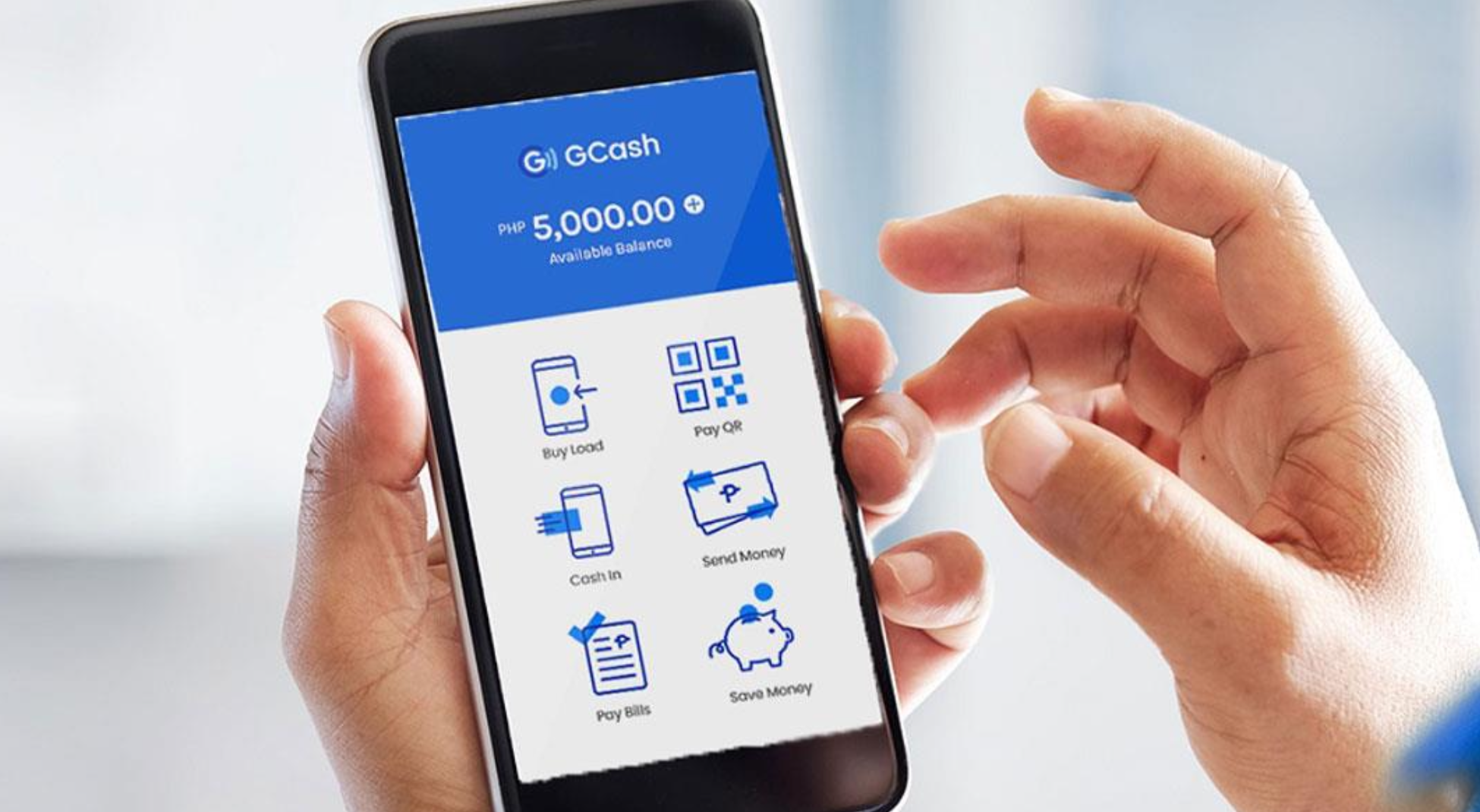
Augmented reality use cases: Unlocking consumer experiences
This article examines the impact of AR in two key consumer domains – live events and commerce – and judges where telcos fit in.
What is augmented reality?
Augmented reality (AR) refers to the integration of a user’s real-world environment with digital elements, accessed typically through a smartphone or, increasingly, a dedicated AR headset.
Although this nascent technology has faced criticism in recent years as consumer adoption has been slower than initially predicted, Apple’s recent announcement of the Vision Pro headset reaffirms that this technology will play a pivotal role within the consumer market in the coming decade.
Therefore, as this market approaches the brink of widespread consumer adoption, telcos must identify where they fit in the AR consumer value chain: do they fulfil the natural connectivity provider role or transition to become an end-to-end AR service provider?
In this article we focus on two key consumer domains:
- Live events
- Commerce.
These areas have been selected as AR is already altering, or poised to alter, the respective consumer experiences through a diverse range of use cases.
Augmented reality use cases
The role of augmented reality in live events
AR harbours the potential to transform the live events experience, and therefore represents an area where telcos can embed themselves as key players in the value chain. Although the live events market has maintained strong growth in recent years, signs of disengagement with the current viewing experience have started to appear. Research conducted by the Capgemini Research Institute found that only 28% of UK fans watched sports in-venue in 2023, a stark drop from the 52% of fans recorded in 2019.
Consequently, there is an emerging trend of live event providers embracing AR interactivity to enhance their viewing experiences. For example, attendees of the 2023 PGA Tour can utilise the accompanying PGA Tour Augmented Reality experience to display AR shot trails, view a player’s position on the course, and get detailed information for every hole.
Such is the attraction that this AR interactivity creates, it can go past simply enhancing events and in fact create events in itself. In December 2022 fans of the Gorillaz were invited to a first of its kind AR concert in New York and London. Fans attending the specified concert locations had to download an AR app, which then enabled them to see the band performing around them.
Figure 1: Gorillaz AR concert

Source: Google AR & VR
Therefore, AR is establishing itself as a core part of the live events experience, with an increasing number of fans now expecting AR functionality at live events. The functionality of these experiences, however, is contingent on the connectivity telcos provide. Providing real-time interactivity through AR experiences requires high-speed low-latency networks that can cope with the high density of users found at live events. Therefore, there is a natural role for telcos to supply the premium connectivity that these live event venues will require, likely through implementing Wi-Fi 6/6E or 5G infrastructure. However, telcos must ensure there is a clear ROI to fulfilling this role. Bolstering connectivity in these venues is not a small investment, for example, Verizon invested $80 million for permanent network enhancements to support the 2021 Super Bowl at Raymond James Stadium. STL Partners explores this role of telcos in the live experiences market in more detail in our Consumer Digital Services Playbook: Live events.
The role of augmented reality in commerce
Equally, there are many consumer use cases for AR in commerce, constituting an attractive opportunity for telcos to widen their revenues.
The first avenue through which AR can influence commerce is that of online retail. Whilst internet sales in the UK accounted for 27.4% of total retail sales in 2022, an increase of 17.9% in a decade as per the ONS, the online consumer experience is still constrained by the lack of a full sensory product experience1. Many online retailers have begun to address this issue by providing AR applications that allow consumers to project digital versions of their products into a real-world environment. This is the case for IKEA’s AR offering, IKEA Place, that helps consumers gain a better understanding of the scale and look of their products through a digital medium. This venture has proved popular with consumers with the app reaching 31.3 million downloads in 2021 and illustrates a growing trend of retailers leveraging AR to improve the online shopping experience. A recent study by Snap supports this trend as they found that brands that have an AR experience are 41% more likely to be considered by users.
Figure 2: IKEA Place

Source: IKEA
AR can moreover facilitate innovative and interactive advertising experiences. Meta recently announced that it is bringing AR ads to Facebook and Instagram, reporting that their testing found that advertising campaigns which incorporated AR ads outperformed traditional non-AR advertising campaigns.
It is these capabilities of AR in commerce that have motivated strong growth predictions for this market. According to Statista, by 2025, 28% of consumers in the USA are expected to have used AR when buying products online, with this figure rising to 41% for Gen Z consumers2.
Again, the extent to which these AR use cases fully materialise is subject to the underlying connectivity telcos provide. Although the usage of AR in commerce will predominantly occur within households, enabling these AR experiences and adverts for consumers on-the-go will require telcos to leverage 5G and edge computing. This constitutes a potential revenue stream for telcos, as ensuring a smooth consumer experience in this domain will strengthen their negotiating position to capture some of the revenues that these AR experiences and adverts yield.
Another important facet of AR in commerce are the security considerations consumers will expect. As most of these use cases involve a consumer scanning their household environment, or interacting with AR adverts using facial expressions, consumers must feel safe entrusting the application with their personal information. This provides the opportunity for telcos to leverage their existing authentication capabilities and reputations of trustworthiness to secure these interactions. STL Partners assesses how telcos can provide digital identity solutions in our report, Digital identity: Four steps to maximising value.
The future of augmented reality
As AR transitions from concept to consumer, telcos must reinforce their position as connectivity providers by expanding their premium connectivity initiatives. In our recent Telco Cloud Deployment Tracker update, we outlined that few 5G SA launches have materialised so far in 2023, a trend which must change if these AR use cases are to reach mass-consumer adoption in the near future. Through implementing the necessary infrastructure throughout the network, telcos can alter their pricing strategy to include premium rates for consumers to obtain this AR-enabling connectivity.
Moreover, telcos can leverage their existing partnerships and security capabilities to not only occupy the role of the connectivity provider in the value chain, but also to develop and deploy consumer AR applications.
Download this article as a PDF
Read more about consumer services
Consumer insights pack
This document will provide you with a summary of our insights from our consumer services work
What is smart Wi-Fi?
Smart Wi-Fi refers to the use of capabilities in the Wi-Fi system that enhances the network service (reliability, availability and latency).
What is GCash?
In this article, we explore some of the reasons why GCash has become so successful and the ongoing challenges they will face.
AI in telecoms: Where is it having an impact
AI can have tremendous impact in telecoms. We look at three use cases where AI is being used effectively in customer facing scenarios.




